Ever wondered why hot dogs at restaurants taste so much better than the ones you make at home? It’s not just your imagination! Restaurant hot dogs have a special magic that makes them extra delicious. From the way they’re cooked to the ingredients used, there are specific techniques that give these dogs their amazing flavor.
1. Premium Meat Makes All the Difference
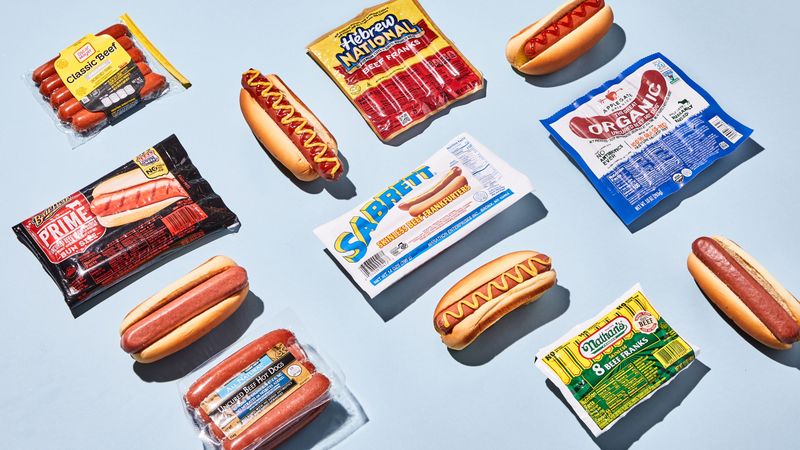
The foundation of any mouthwatering restaurant hot dog starts with superior meat. While you might grab whatever’s on sale at the grocery store, restaurants carefully select brands like Nathan’s Famous or Hebrew National that use better cuts with less filler.
These premium franks contain a perfect balance of beef, pork, and seasonings that create that distinctive savory flavor we crave. The texture is firmer, juicier, and more satisfying than budget alternatives. Many high-end spots even source their sausages from local butchers who craft small-batch dogs with traditional methods and quality ingredients.
This commitment to quality forms the baseline that makes restaurant dogs stand out from the first bite.
2. Steam and Grill
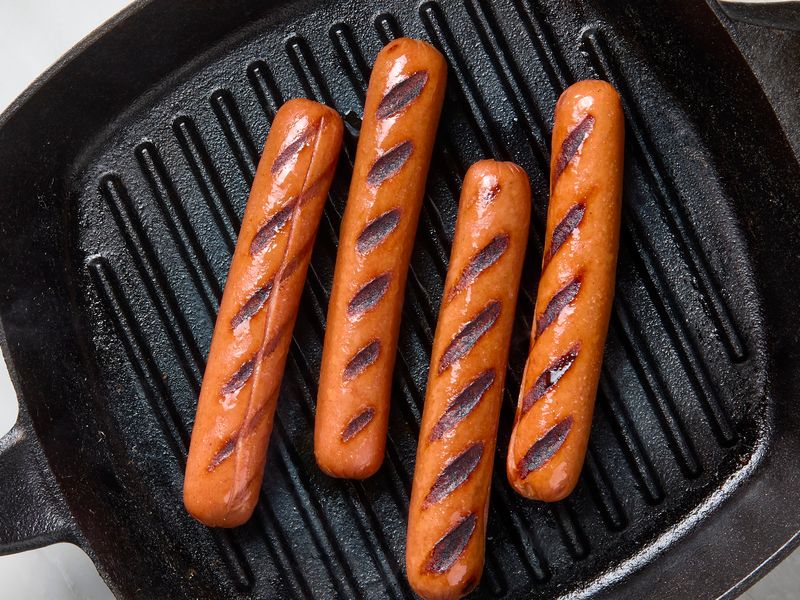
Professional hot dog cooking methods create that perfect balance of juicy interior and crispy exterior that’s hard to replicate at home. Restaurants use specialized equipment like roller grills, steamers, or flat-top griddles that heat dogs evenly from all sides.
The slow, consistent cooking process allows fats to render properly while keeping moisture locked inside. Many famous hot dog joints use a two-step method: steaming first to heat the dog through, then finishing on a grill for that irresistible char.
This technique creates caramelization on the outside while maintaining the juicy snap we associate with great hot dogs. Your microwave simply can’t compete with this level of cooking precision!
3. Bun Treatment That Makes Mouths Water
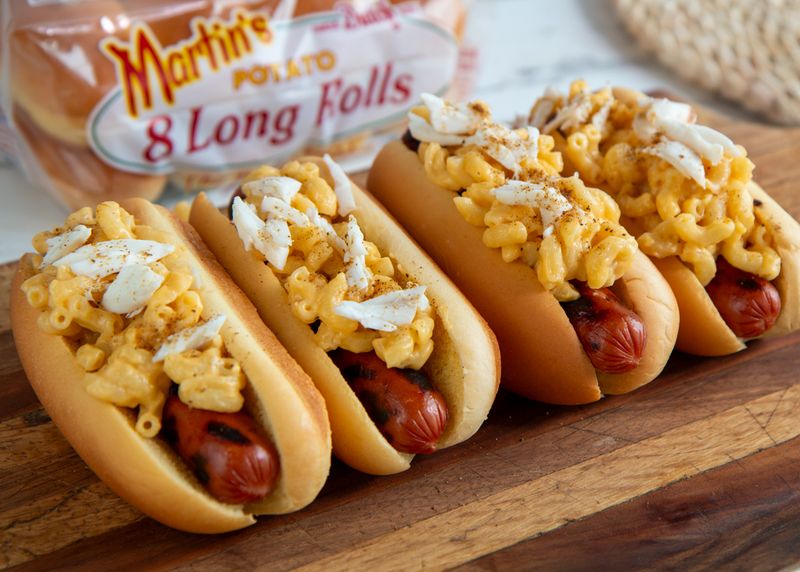
Bite into a restaurant hot dog and you’ll immediately notice the bun is never an afterthought. The best spots warm their buns with purpose – whether lightly toasted, buttered and grilled, or gently steamed to soft perfection.
Steaming creates a pillowy texture that’s still sturdy enough to hold toppings, while toasting adds subtle crispness that contrasts beautifully with the dog itself. Many places brush their buns with butter or even beef tallow before heating them, adding another layer of richness.
The warm bun also helps melt condiments slightly, creating a cohesive flavor experience. At home, we often skip this crucial step, leaving our buns cold and uninspiring compared to their restaurant counterparts.
4. Condiment Ratio
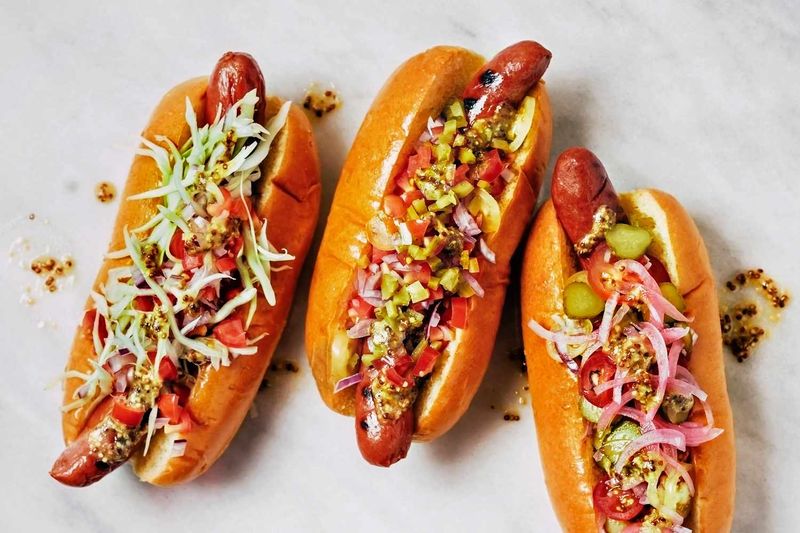
Restaurant hot dog makers are artists when it comes to condiment application. They understand that proper distribution and quantity of each topping creates flavor harmony rather than chaos. A zigzag of mustard rather than a glob.
A careful line of ketchup that complements without overwhelming. Relish applied with precision tools rather than spooned haphazardly. These small details prevent any single flavor from dominating. Professional kitchens also layer ingredients strategically – wet toppings against the bun or dog to prevent sogginess, crunchy elements on top for textural contrast.
This methodical approach ensures every bite delivers the perfect balance of flavors, something that’s hard to achieve when hastily assembling dogs at home.
5. Secret House Sauces That Keep You Coming Back
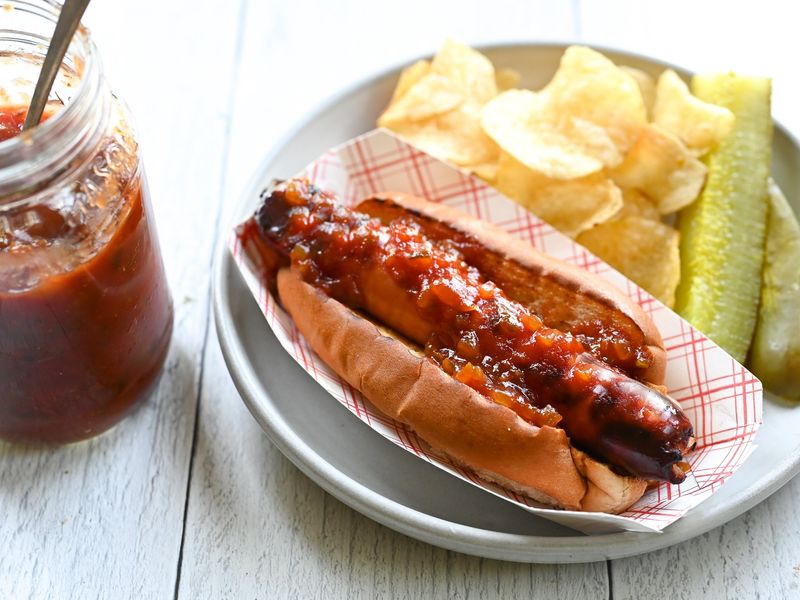
Beyond standard condiments, many legendary hot dog establishments guard closely-held sauce recipes that become their signature. Pink’s in LA, Hot Doug’s in Chicago, and countless other hot dog havens rely on these unique flavor enhancers to stand out.
These proprietary blends might incorporate unexpected ingredients like horseradish, apple cider vinegar, or specific spice combinations developed over decades. Some spots ferment their own sauerkraut or pickle their own relishes with special brines.
Regional specialties add another dimension – the celery salt and sport peppers of Chicago-style dogs or the meat sauce of New York System wieners in Rhode Island. These carefully crafted flavor boosters create memorable experiences that keep customers returning for that taste they simply can’t recreate at home.
6. Commercial Equipment Creates Distinctive Flavor
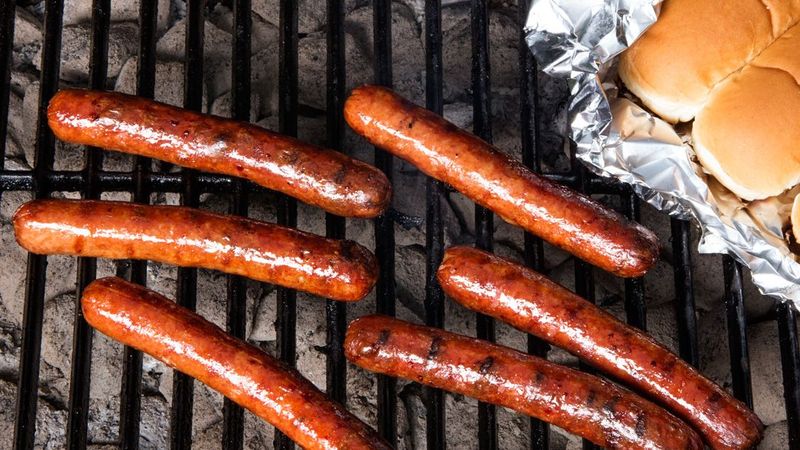
The sizzle of a well-seasoned flat-top grill imparts flavors impossible to achieve on your home stove. Restaurant kitchens use equipment specifically designed for hot dog perfection – high-BTU burners, specialized steamers, and dedicated cooking surfaces.
These professional-grade tools maintain precise temperatures and cook more evenly than home equipment. Many hot dog stands use grills that have been seasoning for years or even decades, with each dog benefiting from the flavors of thousands that came before.
Commercial roller grills rotate dogs continuously for even browning while collecting and redistributing fats and juices. The difference is similar to why pizza tastes better from a 700°F brick oven than your home oven – specialized equipment creates distinctive characteristics that define restaurant-quality food.
7. The Satisfying Snap of Natural Casings
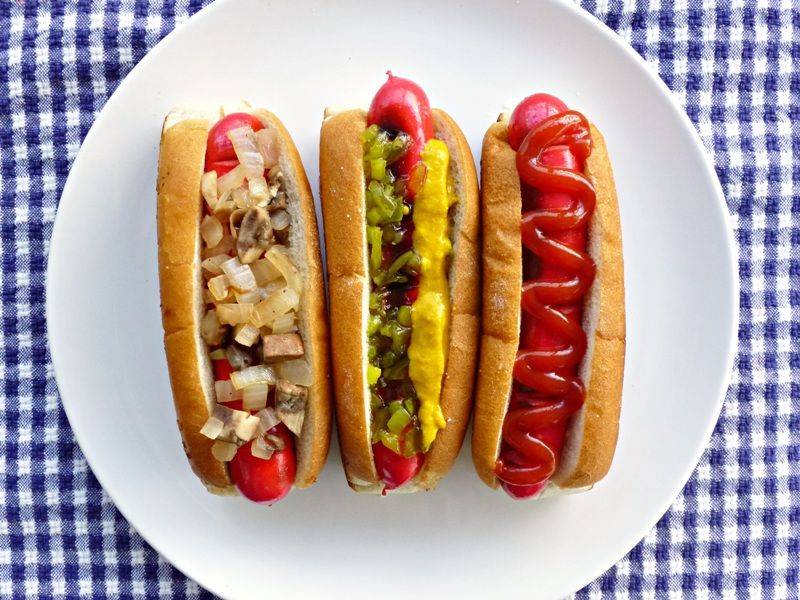
That distinctive “pop” when biting into a quality restaurant hot dog comes from natural casings – typically made from cleaned, processed sheep or pig intestines. Unlike the skinless varieties common in supermarkets, these casings create texture magic.
The natural casing shrinks slightly during cooking, compressing the meat inside and creating a tighter, juicier hot dog. When heated properly, these casings develop the perfect resistance – not too tough, not too soft – giving that satisfying snap between your teeth.
Beyond texture, natural casings also trap juices and fats that would otherwise escape during cooking. This retention of moisture and flavor compounds creates a more intense taste experience that makes restaurant dogs memorable in ways that skinless varieties simply can’t match.
8. Temperature Control That Preserves Juiciness
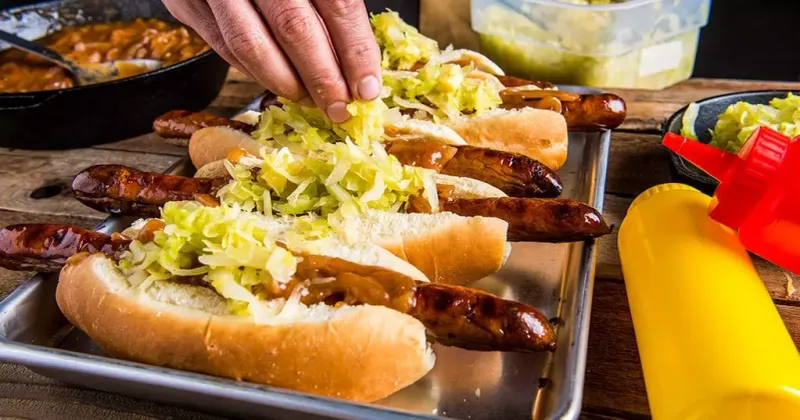
Restaurant cooks treat hot dogs with the same respect given to steaks and seafood – monitoring temperatures carefully to prevent moisture loss. Unlike home cooking where we often split, pierce, or overcook our dogs, professionals know exactly how long and at what temperature to cook each variety.
Many establishments hold hot dogs at precise warming temperatures (around 140-160°F) that keep them food-safe while preventing them from becoming dry or rubbery. Some places even use special humidity-controlled warming drawers specifically for this purpose.
The best hot dog spots also understand the importance of resting – allowing dogs to sit briefly after cooking so juices redistribute evenly throughout. These temperature management techniques preserve the dog’s natural moisture and flavor in ways that haphazard home cooking rarely achieves.
9. The Atmosphere Effect on Flavor Perception
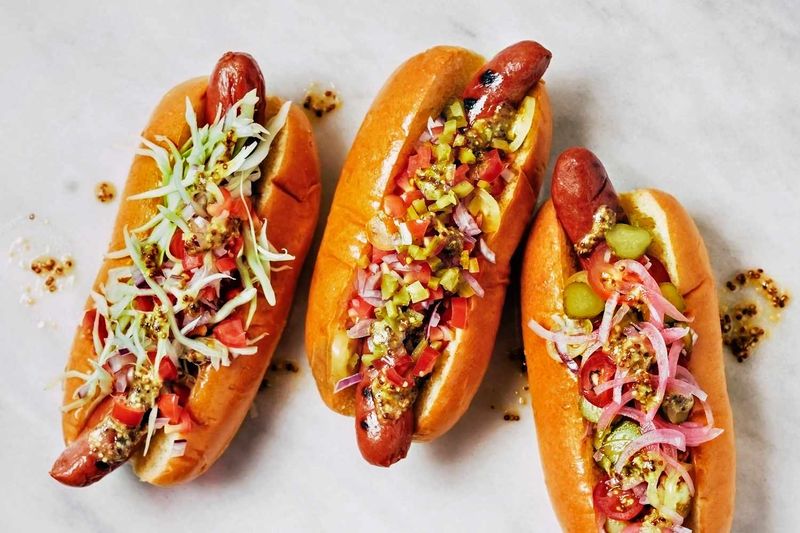
Psychology plays a surprising role in why restaurant hot dogs taste better. The sizzle sounds, cooking aromas, and visual cues of a busy hot dog stand trigger anticipation that actually enhances flavor perception when you finally take that first bite.
Environmental factors like eating outdoors at a ballpark or standing at a famous street cart create powerful associations with enjoyment and tradition. Our brains connect these positive contexts with the food itself, making each bite seem more flavorful.
Social experiences matter too – sharing the excitement of visiting a renowned hot dog joint or bonding with friends over street food creates emotional connections to the flavor. These psychological factors explain why the exact same hot dog might taste better at a bustling restaurant than in your quiet kitchen.
10. Fresh Ingredients
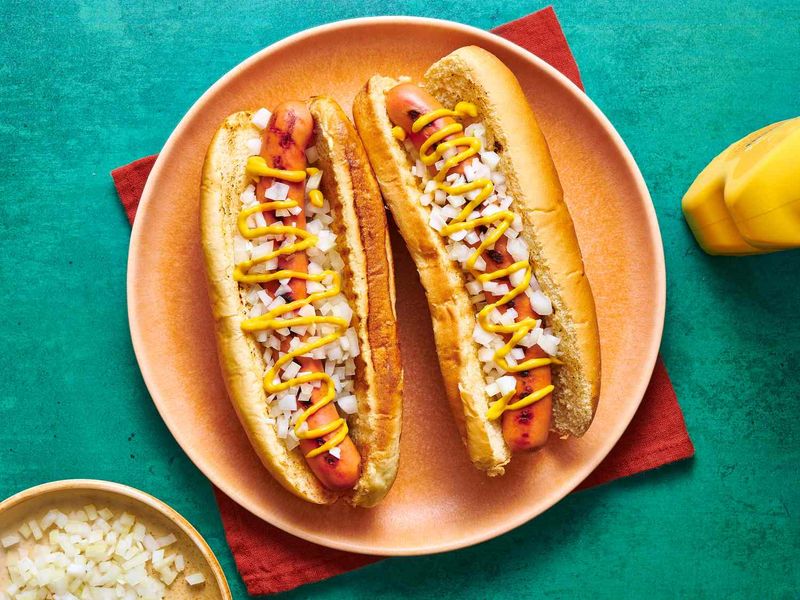
Popular hot dog restaurants go through ingredients at an astonishing rate, ensuring everything from buns to toppings is fresher than what’s typically found in home kitchens. A busy stand might use hundreds of pounds of onions weekly, chopping fresh batches throughout the day.
This rapid turnover means buns never sit around getting stale, condiments don’t languish in refrigerators for months, and hot dogs themselves are constantly restocked. Many places receive daily deliveries rather than weekly, maintaining peak freshness.
The difference is noticeable – crisp onions, vibrant relish, and pillowy-soft buns that haven’t had time to deteriorate. At home, we might use the same jar of relish for months or keep buns until they’re on the edge of staleness – compromises that would never happen at quality hot dog establishments.
11. The Extra Mile Makes All the Difference
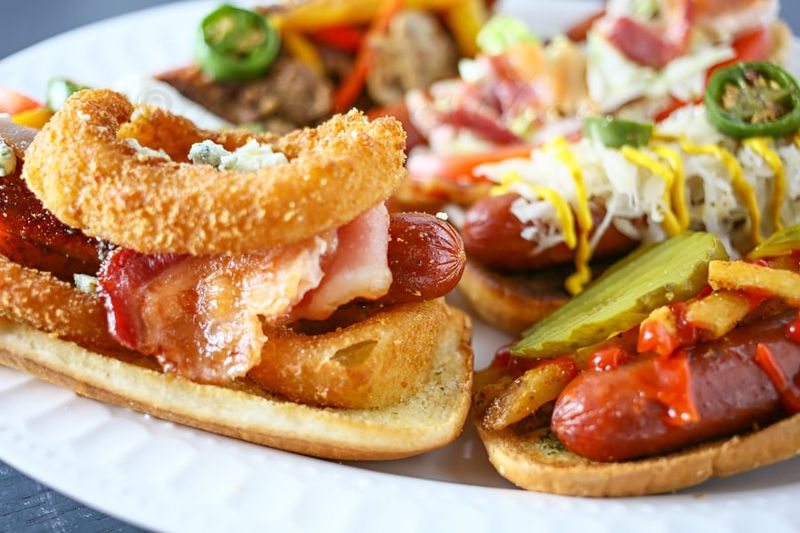
Legendary hot dog spots take seemingly small steps that create major flavor impacts. They might toast buns with clarified butter instead of margarine. They’ll caramelize onions slowly for hours rather than using them raw.
Some places source special spice blends for their cooking water or use specific wood chips when grilling. Others make pickles in-house or ferment their own sauerkraut. These labor-intensive processes are typically skipped at home for convenience. The cumulative effect of these small touches creates that indefinable restaurant quality we crave.
Each step might seem minor in isolation, but together they transform a simple hot dog into a memorable culinary experience worth seeking out – the difference between merely feeding yourself and truly enjoying a meal.
Leave a comment